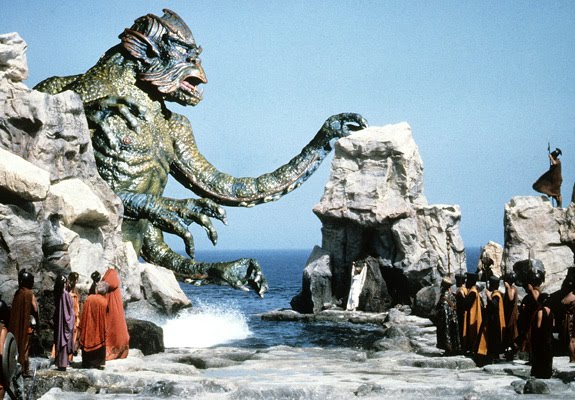November 7, 2011
No Comments
From Reefbuilders
This post would be in total fanboy territory were it not for the fact that the Diver’s Den has become a fixture of American reef aquarium culture. Like Reefer Madness before it, for many years LiveAquaria’s Diver’s Den has been the online reefing community’s daily fix for real and window shopping of exotic marine aquarium life. This may be an opinion but it is one that is widely shared.
Read more: http://reefbuilders.com/2011/11/09/heart-liveaquarias-divers-den/#ixzz1ziqUXUUS
http://vimeo.com/31743794
Video of a Commersons Angler (Antennarius commerson) ordered from Diver’s Den being all around cool and eating within minutes of acclimation.
I love LiveAquaria’s Diver’s Den. Really. What’s not to love about a vendor that has good customer service where you can go to order reasonably priced, hard to find, healthy, eating, pre quarantined animals that are delivered to your door? This isn’t some fanboy fantasy, but is based on my experience with the company over the years. I have ordered many animals from Divers Den for my home aquariums, and all of them have arrived in excellent health, disease free and ready to eat.
If you don’t know, Diver’s Den is the What-You-See-Is-What-You-Get (WYSIWYG) wing of LiveAquaria.com. All the animals in the Diver’s Den section are are held, quarantined, treated (if necessary), and shipped from a state-of-the-art Aquaculture Coral & Marine Life Facility in Rhinelander, Wisconsin – and are not shipped unless they are healthy, eating and fully adjusted to a captive environment to make a smooth transition into your aquarium. I trust the care these animals have been getting so much that I feel comfortable skipping my own QT and putting Diver’s Den animals directly into my reef – though it is really important to note that that is absolutely a risk that I don’t normally take and that LiveAquaria.com recommends quarantining every aquatic animal prior to placing them into the display aquarium.
The Margined Butterfly (Chelmon marginalis), I ordered in 2009 from Diver’s Den arrived safe and sound in its perfect and impressive packaging. I acclimated it to my home system and, as expected, it promptly got its butt kicked by some long term residents a Yellow Tang (Zebrasoma flavescens) and a male Blotchy Anthias (Odontanthias borbonius). Since the butterfly came from Diver’s Den, it was fat and sassy and not only able to take the repeated hazing, but it would even defend itself by aiming its dorsal spines at the bullies. By the second day, the C. marginalis was even pecking at the rock for food in between fights. Within a week, everything calmed down, the fighting stopped, the fish shows no signs or marks from the altercations and was eating like a champ. Other fish I have ordered from Divers Den including, a Juvenile Regal Angel (Pygoplites diacanthus), have had similar stories, and corals and inverts from the web site have been healthy and colorful.
I have always been a fan of Local Fish Stores and do everything I can to support them, but the economical issues of the last few years has had a interesting effect on the practices of local reef businesses. The most distressing of these is that there are fewer of LFS in the SF Bay Area; the nearest one that is good is at least 30 minutes away which means the days of getting in the car and hitting 5 stores or more in search of a special animal seem to be a thing of the past. Now, if I am looking for a ‘special’ animal, I do check with the local stores and if they have it I make the drive. If they don’t have what I am looking for, I go to the Diver’s Den easy to navigate and easy to use use website which has a large selection of ‘special’ animals (and information on those animals) that is updated and expanded daily.
Oh, one more thing. Almost all Diver’s Den animals come with a 14 day guarantee. If the animal “doesn’t arrive alive and stay alive for 14 days” they will credit your account of refund your money. I have never had to invoke that guarantee, and from what I have experienced with this company, I doubt I will ever have to.

